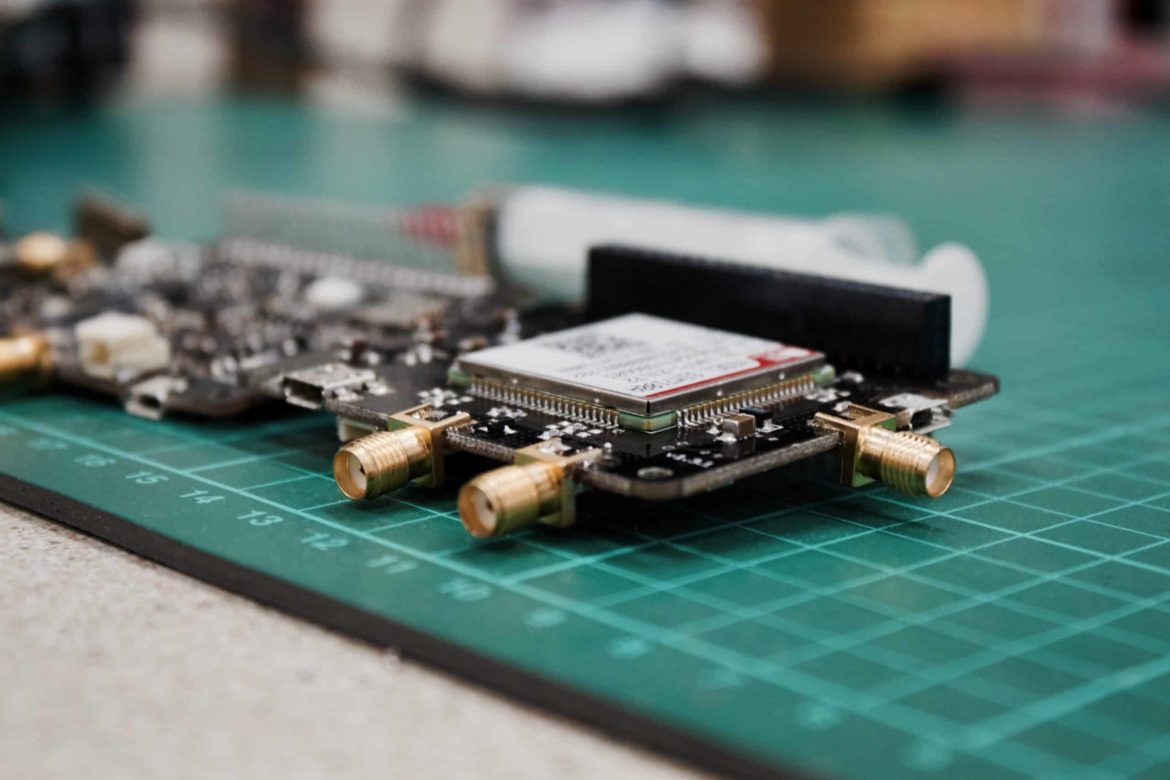Printed Circuit Boards (PCBs) are the basics of all modern and recent electronic appliances. The market of PCB in 2026 is expected to increase to around $72.3 billion, improving at the CAGR (compound annual growth rate) of 5.3% from 2021 to 2026. These PCBs are present and installed in numerous electronic devices that range from customer gadgets, like tablets, PCs, gaming consoles, and Smartphones, to high technology-based and industrial-based products.
The course of PCB will assist the students and learners to boost their skills and experiences to test and design a PCB, Card Level, Assembly Unit Operations, component assembly, discrete level testing, design of layout and seek their career as a designer of PCB for various manufacturing firms of PCB.
The PCB design course will provide you with the skills required to effectively implement various designs that require rigid-flex and flex circuits as per the requirements of the product. The class and course also focus on the effects of the designs on assembly techniques, manufacturing products, manufacturing of file generation, and documentation.
What type of study is needed to be a PCB Designer?
Any career path begins with appropriate education, particularly in technical fields such as PCB design. Nowadays, PCB design is not a usual subject that can be frequently taught in colleges and universities, and the quality level of such courses differs from one institution to another. There are many choices for understanding PCB design as a part of a degree in engineering, and there are various industry-based course designers that can assist in gaining the skill set needed for industry. Maximum industries need a 4-year degree in engineering, even for job opportunities in PCB design.
During past times, PCB design could be picked up actively as it was about trade, and the main focus was drafting with models or scale drawings. Nowadays, as the needed skilled depth and breadth have enhanced frequently, it is suggested that PCB designers should get an electrical engineering degree or a degree in computer engineering. If you expect to get a job in process or manufacturing development, a degree in chemistry or material science is of utmost importance. This will provide designers access to various skills in current PCB design jobs.
Several courses you may require to take to understand PCB design in an engineering degree project include:
1. Circuit layout and simulation
2. Power systems degrees
3. Fundamental electromagnetics lessons
4. PCB layout lessons, which are accessible through some neighborhood academies
5. RF design and antennas lessons
Conclusion – Why should you learn PCB?
- Increased industry need
If you love to build products of electronics or if you want to get a job as a hardware design engineer in big companies such as Texas Instruments, Qualcomm, Microchip, etc., this course is highly recommended as the industries are short of such skilled workers.
- It’s everywhere
Whether you are talking about smartphones, smart watches, electric vehicles, or IoT devices, PCBs are found everywhere.
- High Scope
The entire installed root of IoT appliances worldwide is expected to be about 30 billion units by 2025. The demand for such engineers is increasing.
All the best!





